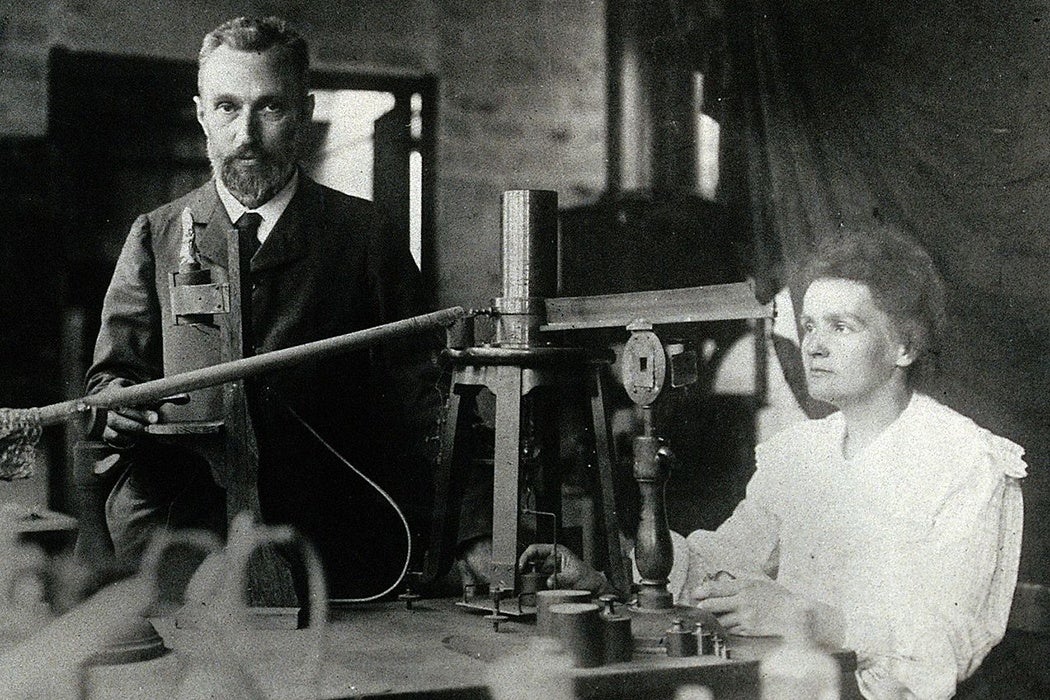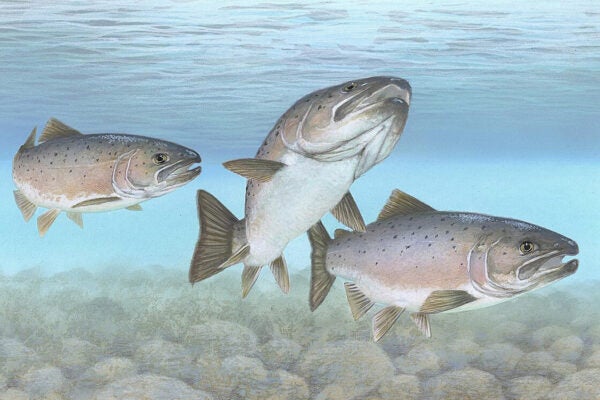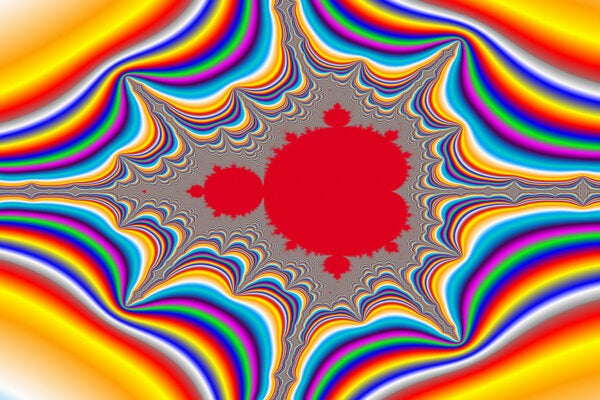To be a woman in STEM is to contend with a field known for gender-based landmines. Among the most contentious is authorship—the struggle to get appropriate credit for one’s research. The average male scientist authors 45 percent more papers than his average female counterpart, and women still struggle for recognition decades after Rosalind Franklin was written out of the history of DNA by two male collaborators who used her data. But though the history of women in STEM is filled with such anecdotes, it’s also full of alternatives. One is present in the life story of Marie Curie, the iconic scientist who, according to Helena M. Pycior, actually reaped the benefits of collaborating with a man while avoiding its many pitfalls.
Curie was the first major woman scientist to get full credit for her scientific contributions. Nonetheless, her reputation is as both a scientific wife and a scientific drudge—a woman relegated to a crude shed where she undertook the grueling work of extracting radioactive elements from tons of pitchblende ore. But that’s only part of the story, according to Pycior. Not only was Curie a formidable independent scientist in her own right, but she was also the driving force behind the couple’s focus on radioactivity.
Pycior demonstrates how Curie’s early work set the stage for her research collaboration with her new husband and describes how the couple negotiated and commanded credit in their joint publications. Throughout their collaboration, they used self-citation, including footnotes that described who was responsible for different aspects of each study. Though they used the joint voice of “we,” they also rigorously cited their own prior work, creating a paper trail that allowed each to shine. And if Marie did more of the grunt work in the lab, says Pycior, it was because she alone realized the potential significance of the work.
This insistence on collaboration and self-citation paid off. Early references to the couple’s joint papers shows a good understanding of who was responsible for what, and Marie was the first of the couple to be given a prize for their work on radioactivity. Despite those early honors, Marie was still apparently in danger of being excluded from the Nobel Prize until a note from her husband to a nominator ensured her inclusion.
Pierre’s tragic death ended Marie’s days as a collaborator, and today her work is arguably more recognized than her husband’s. Perhaps it’s time to reimagine her career both in terms of her extraordinary accomplishments in a field that’s still inhospitable to women and in light of the savvy ways in which she navigated the sometimes treacherous waters of recognition and collaboration.







